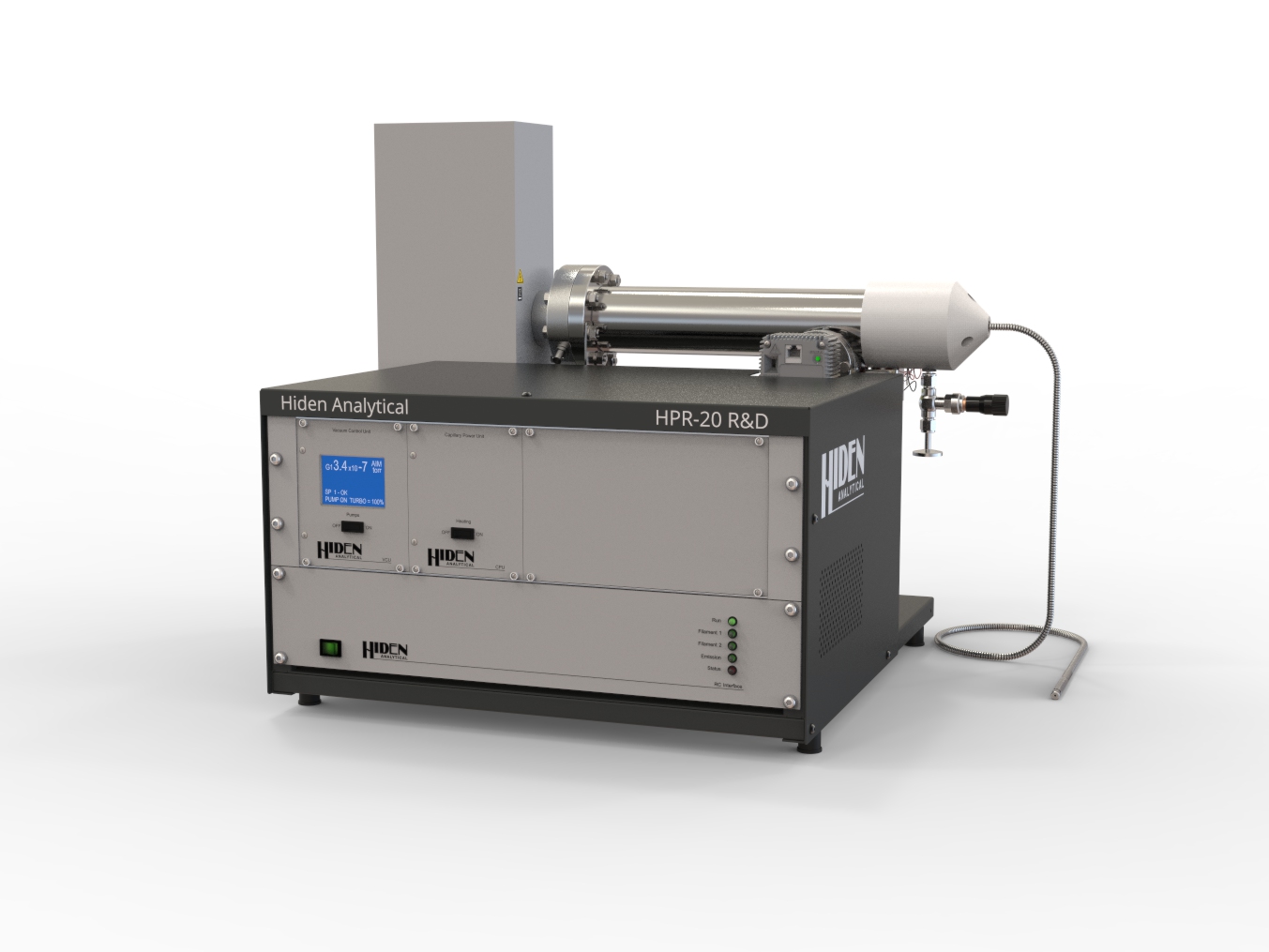As a result, such instruments are often coupled to mass spectrometers, where the ability to mass-resolve the peaks in a gas chromatogram allows for greater confidence in sample identification. Gas chromatography mass spectrometry (GC-MS) is often considered the ‘gold standard’ for forensic substance identification and it is now widely used in areas such as pharmacology, chemical synthesis and in the petrochemical industry.2

Continuous and Accurate Reaction Monitoring
It is now possible to design GC-MS instruments with sufficiently short run times to be used for ‘real-time’ analysis. This type of on-line analysis provides constant qualitative and quantitative information on the evolution of chemical concentrations or the formation of new species in an active reaction mixture. Such an analysis is crucial in many biotech and fermentation processes that require meticulously balanced oxygen uptake and carbon production rates for optimum yields. On-Line GC-MS also enables scientists to create automated feedback loops for control of the reaction parameters, allowing fine tuning of the reactions behaviour.3
Real-time gas analysis has numerous other applications such as for atmospheric monitoring and exploring the efficiency of catalysts for carbon dioxide capture and reduction.4 However, despite the power of continuous monitoring, there are several challenges in designing instruments capable of real time analysis.
A standard GC-MS experiment may have a total run time of approximately 20 minutes from the initial injection to the final data. Therefore, it is necessary to design analysers with significantly shorter run times and, to make an instrument versatile for a diverse range of uses, to make sample inlets that can be used with materials in a variety of phases. This also has the advantage of reducing sample preparation times.
New Tools for On-Line Analysis
The HPR series by Hiden are a range of systems specifically targeted to resolve these issues. Building upon Hiden’s 30 years of expertise in the design and development of quadrupole mass spectrometers, the HPR series is designed for continuous real-time analysis of gases and vapours at near-atmospheric pressures.5 These also come with a range of sampling inlets suitable for use in sedimentology, fermentation, electrochemistry and catalysis.6
As well as the impressive technical specifications, the HPR series are designed to be compact, bolt-on units and with the user experience in mind. This means that it is possible for non-expert users to run the analyser and there is also the possibility of monitoring multiple reaction chambers simultaneously. For applications such as optimising fermentation processes, it is possible to utilise fully automated process integrated solutions and network multiple analysis heads together for more complex process chemistry.3
Sensitivity and Speed
In conjunction with the ease of use, the HPR series boasts an impressively fast response with high speed measurements. They are capable of making up to 650 measurements per second, with the high speed vital for transient reaction analysis. Data acquisition can be user optimised, which is essential for accurate, on-line analysis in real time.
The dynamic range, a measure of the sensitivity of detection, of the HPR series is in the parts per billion (PPB) making it suitable for applications where only low concentrations of analytes are present. The sensitivity and high performance across the mass range is achieved through the triple filter quadrupole mass detector, which is also designed with filtering technologies to protect it from the corrosive and aggressive nature of many of the gases in industrial processes, such as chemical vapour deposition.5
Versatility and Applications
An ideal real-time gas analyser needs to be able to perform not just fast measurements but also be capable of separating complex mixtures of reactants and products. The HPR series allows for detection of multiple chemical species including light gases, such as hydrogen/helium and others such as methane and carbon dioxide. There are also sample inlets available for monitoring dissolved gases in real-time, important in aquatic environments or solution phase reactions.
The HPR series has been successfully utilised in a study of the photocatalytic hydroxylation of phenol as a route to the selective synthesis of dihydroxybenzenes. The HPR analyser was used to monitor the concentration of phenol and two reaction products in real-time in a complex mixture, making it possible to optimise the reaction conditions on-the-fly.
It is also possible to study species such as volatile organic compounds with the HPR series or use it in conjunction with other techniques such as monitoring the output of thermogravimetric analysis, a method that involves characterisation of samples by monitoring their reaction to increasing temperatures.
The compact HPR series is readily configured for multi-stream, real-time analysis on a wide range of sample types as well as being suitable for non-expert users.
References
1. P.J. Baugh, Gas Chromatography: A Practical Approach, Oxford University Press, USA, 1994
2. J. Petruzzi, Anal. Chem., 1973, 45(14), 1213A
3. Fermentation/Bio Reaction Monitoring, https://www.hidenanalytical.com/applications/gas-analysis/fermentation/, (accessed December 2017)
4. CO2 Adsorption, https://www.hidenanalytical.com/wp-content/uploads/2016/06/AP0025_Newsletter.pdf, (accessed December 2017)
5. Quadrupole Mass Spectrometers for Advanced Science, https://www.hidenanalytical.com/wp-content/uploads/2016/06/HPR-20_QIC_RD_Plus_Widescreen.pdf, (accessed December 2017)
6. Hiden Gas Catalogue, http://hideninc.com/wp-content/uploads/2016/12/Hiden-Gas-Analysis-Catalog.pdf, (accessed December 2017)
7. Photocatalytic Hydroxylation of Phenol, https://www.hidenanalytical.com/wp-content/uploads/2016/06/AP0172_newsletter.pdf, (accessed December 2017)

